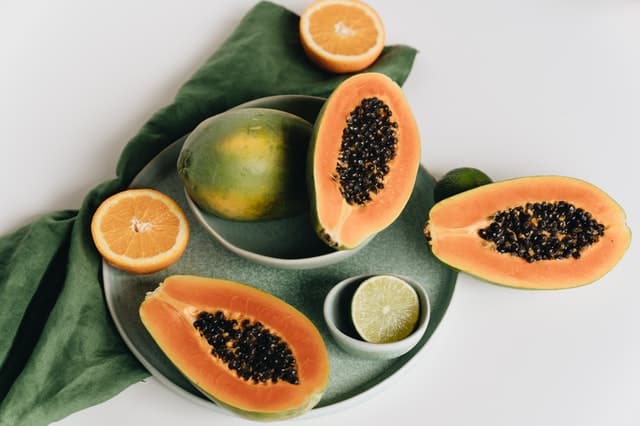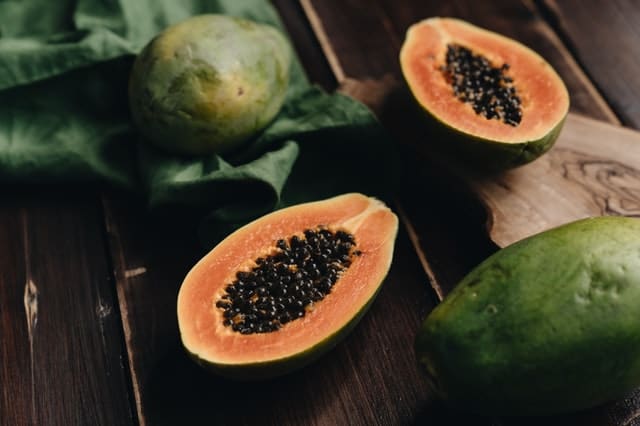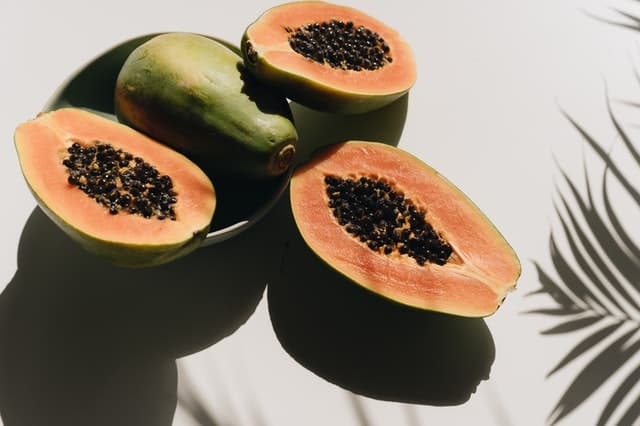
By now, the fact that diabetes is best managed with a healthy diet together with medications is old news. There are currently many dietary “hacks” that are not only safe but beneficial for diabetic patients. These include adding tuna to your dietary regime and adopting a Mediterranean diet, both of which are backed by research and recommended by many doctors.
However, as anyone who has ever gone on a diet could attest, sticking to a regime is no easy task, not to mention the difficulty of such a feat for a diabetic patient. Deviations from the prescribed diet could have far-reaching consequences.
Contents
Many diabetic people, no doubt, are always on the lookout for what new foods could be added to their diet, either to increase the variety of foods being exposed to on a daily basis or to borrow some extra diabetes-fighting strength from the wonders of nature. (Yes, I am talking about food.)
Like tune fish cooked in healthy ways, most fruits are good for diabetic health, and some of them can even prove beneficial. In this article, we are shedding the spotlight on the sensuous papaya and its relationship with diabetes.
Papaya is highly nutritious
Native to Mexico and the Caribbeans and even Florida, when we picture the bulbous, fleshy, almost enticingly bright-orange coloured fruit, we know it is from somewhere hot—how can a cold region grow something that simply exudes passion and life? Papaya’s nutritional values prove that it is, indeed, a life-giving fruit.
Like all fruits, papaya is an excellent source of a variety of vitamins, minerals, and dietary fibre. In one medium-sized papaya, you can get more than 200% daily value of vitamin C, for example. This orange-fleshed fruit is also known for containing the same antioxidant that gave tomatoes its fame in the world of nutrition.
In contrast, this same papaya would contain only 18 grams of sugar, and it’s all naturally from the fruit. As comparison, in a single chocolate chip cookie, there would be at least 10 grams of artificial, added sugars.
This nutritious bomb of a fruit is what makes it such a great addition to a diet designed for diabetes. Not only are the sugars all natural, thus take energy to digest slowly after consuming, each sweet bite is also packed with nutrients that will strengthen your health overall.
This sweet and fibrous fruit will also make it less likely for you to give into cravings.
Papaya is rich in antioxidants

Inflammation plays a large part in the diabetic disease. One of the nasty things diabetes does to the body is causing inflammation which exacerbates damages to cells and organs, which in turn worsens diabetes because the necessary hormones can’t be produced or used properly.
Papaya contains some powerful antioxidants that reduced inflammatory effects. More studies have found that fermented papaya’s consumption served as a cushion that reduced oxidative damages in older adults.
Although antioxidants in papaya do not work directly on diabetic symptoms, by targeting the inflammatory effects that often leads to the malfunction and damage of multiple important organs, they improve the health and well-being of the patient altogether.
The good news is, we are not done with papaya and its multitudinous health benefits yet, and some of them happens to deal directly with diabetes.
Papaya has anti-diabetic properties
We have mentioned the low sugar level of papaya relative to the massive nutritional values it brings to the table. But let’s be honest, that doesn’t sound all too special. Well, how about something that is more straight-to-the-point in helping the fight against diabetes?
In a review conducted in 2019 of oxidative effects of diabetes, the researchers noted that it was important for the health of patients with diabetes to take in large amounts of antioxidant agents. They focused on papaya of a rich and natural source of antioxidants in their review. From multiple studies, papaya was found to contain a substance called flavonoid.
Flavonoid is a compound metabolite naturally occurring in most vegetables and fruits and is a particularly active antioxidant. Not only so, a 2015 study found that flavonoid seems to possess what the researchers called anti-diabetic properties that helped managing diabetes.
No doubt, these properties include lessening the risks for a heart disease, which often goes together with diabetes. Indeed, rich antioxidants have been shown to greatly benefit your heart health, even help you prevent coronary heart diseases.
Now, this delicious food grown in the hotter regions of earth, although does have some pretty awesome health-promoting, diabetes-fighting properties, it is no magic elixir, and unless it gets integrated into a healthy and balanced diet, it alone—try it might—cannot do too much good.
So what are some ways you could incorporate papaya into your diabetic diet?
Eating papaya

You, I, and most other amateurs can hardly imagine how to consume fruits other than eating them raw and baking desserts. But eating raw can get incredibly boring and desserts are not even good for healthy people if consumed on a regular basis, not to mention those of you who are fighting diabetes.
The good news is that papaya, thanks to its robust flavour and stimulating aroma, can be easily included in many home-cooked dishes.
Sweet & salty seared (roasted) papaya
If you are having trouble figuring out a place to start, you can start with the simplest cooking you could do with fruits (or any other foods, really): Searing (roasting) it. Sounds weird, but think about it: papaya contains some sugars, which you can draw out with a little pinch of salt. Sweet and salty, anyone?
Salads with roasted papaya
If seared papaya cubes or slices bores you easy or still strikes you as too strange, let the mighty salad help you out. I bet you have at least heard of adding your autumnal pumpkins, roasted, to your garden salad with its own seeds roasted as garnish. Though papaya seeds aren’t really that great for eating, those roasted papayas can still mix with your next salad bowl. Besides, who needs sweeteners when you have papaya in the mix?
Serve on the side of a robust meat dish
Next, though it may sound weird at first, but fruits used in sauces for savoury meats are always classic. But halt! Let me clarify, we are not suggesting you make papaya sauce, since these sauces often require quite a lot of butter, which as we all know, is one of the archenemies of diabetic people. No, but with the right kind of spice mix, your papaya might just be a lovely companion for your chicken or fish.
Do your culinary research online and be wowed by papaya.
Stew
What are some winter favourites? We know one of them has got to be stews. I know, it still sounds a bit weird. But then again, aren’t all things weird if you are unfamiliar with them?
Anyway, if you have every tried a Moroccan beef stew, you know they could contain pumpkins and prunes, which if you ask around, are also not traditional ingredients in the king of hearth. So maybe try swapping out the pumpkin for some roasted papaya? They do look alike, don’t they?
Again, go recipe hunting online, because with a delicious beauty like papaya, you are probably not the first one who gives it a try in the kitchen.
Fresh yogurt topping
Raspberries, strawberries, blue berries…no offence to berry lovers out there, but do you ever get tired of berries-and-yogurt combination? And the other classic combinations with coconuts and citruses?
Since you are here, discovering your new health food, papaya, why not discover your new healthy snack along the way?
Yes, there are papaya-flavoured yogurts ready to eat in the supermarkets, but we all know added sugar is a big no-no for the diabetic. So make your own healthier version like you do with berries—add some papaya cubes and make things interesting!
Papaya smoothie
First, a disclaimer: We are going to exclude papaya juice on this post as a recommended form to consume this fruit. The reason is that in juice form, the fibres and the other nutrients get lost in the process of extracting the liquids. This means it is a relatively quick source of energy and sugar, which is not a good thing for those with diabetes.
Instead, used whole papaya flesh and blend it into a smoothie. But what about milk, you may ask? While water is technically a viable substitute, we have a better suggestion.
Use coconut milk instead of dairy milk. Coconut is another fruit in the hotter regions that could be very beneficial for you if your doctor advises avoiding dairy products. If anything, you can always use a spoon or two of Greek yogurt to substitute milk and add some slices of banana to balance the flavour.
All in all, papaya is a nutritious, healthy, and delicious food that might be a good comrade to have during your fight against diabetes.





